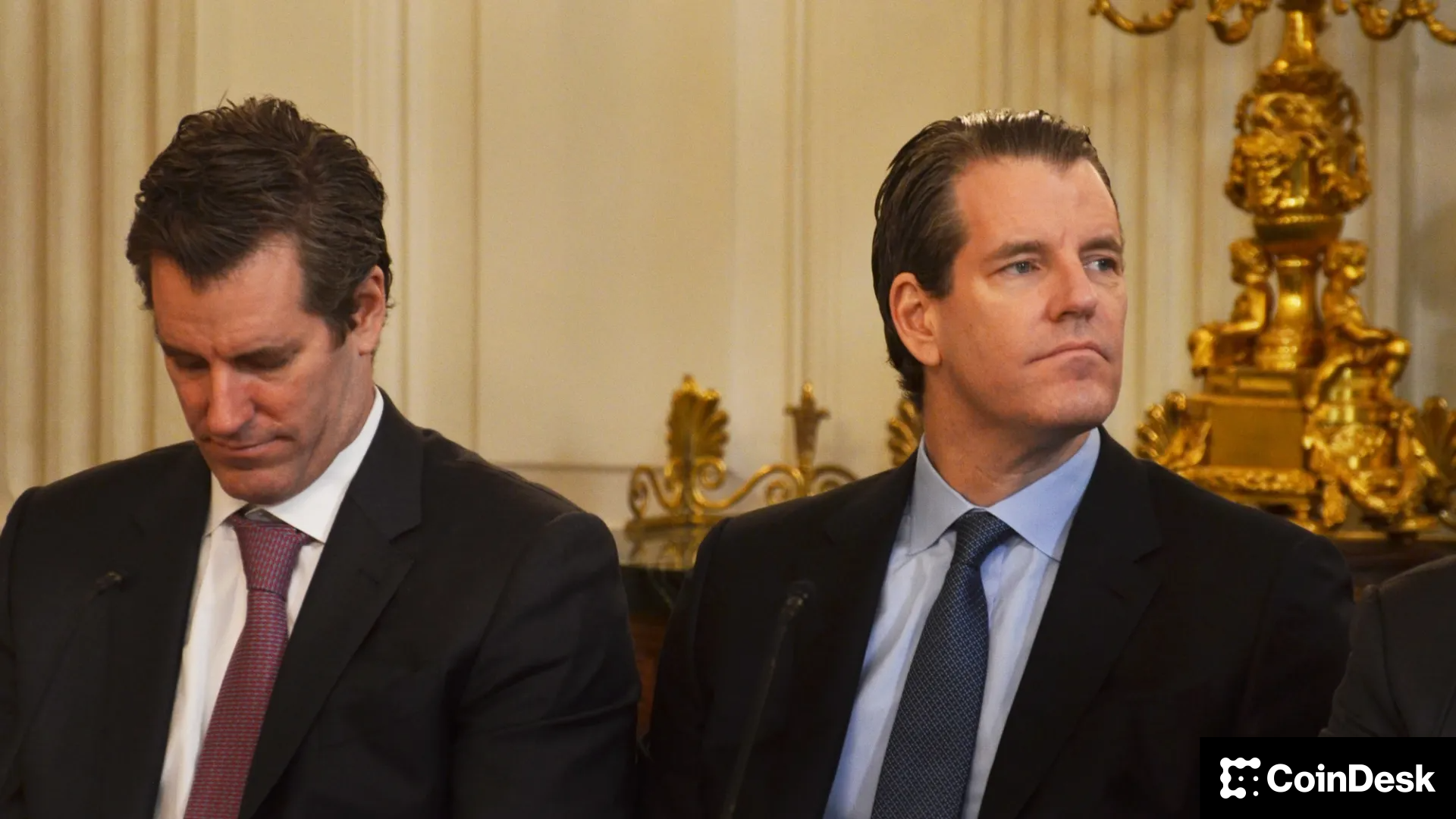Uncategorized
Hyperliquid Eases Token Transfers for DeFi With Integration Between HyperCore and HyperEVM

The decentralized finance (DeFi) sector is among the biggest drivers of value accrual and revenue creation for crypto projects, but its complexity often leaves users tangled in a web of blockchains, bridges, wallets and tokens.
However, a technical update by Hyperliquid is making that process easier for both developers and users, with the direct linking of tokens on HyperCore and HyperEVM platforms now being possible.
HyperCore is its native platform for spot assets (think tokens you can trade directly), and HyperEVM, an Ethereum Virtual Machine (EVM) network that executes smart contracts on Ethereum.
Tokens on HyperCore, dubbed “Core spot,” can be linked to their counterparts on HyperEVM and are called “EVM spot.” Once linked, users can transfer them using simple actions — like a “spotSend” on HyperCore or a standard ERC-20 transfer on HyperEVM.
Linking a core spot token to an EVM spot token isn’t automatic. The process starts with the token’s “spot deployer,” or the entity behind it, which ensures the token’s supply matches up on both sides of the transaction.
Then, they send a “spot deploy action” to HyperCore, proposing an ERC-20 contract on HyperEVM to pair with their token.
Next comes verification. If the EVM contract was deployed directly by an individual, they confirm it with a specific transaction nonce (a unique number assigned to each transfer on a blockchain).
If it was deployed by another contract (say, a multisig for added security), the contract’s first storage slot must point to the HyperCore deployer’s address. Finally, a “finalize” action locks it all in place — ensuring both sides agree on the link.
Allowing linking lets users tap into Ethereum’s DeFi ecosystem — such as lending, borrowing, and trading — without leaving the Hyperliquid ecosystem entirely.
Why Does it Matter?
But how does that matter? It’s because moving tokens between ecosystems isn’t a straightforward process.
Take Ethereum as an example, with billions locked in protocols like Aave or Uniswap. But if someone wants to send a token from another network, say Solana, they need a bridge — a third-party service that locks your tokens on one side and mints a wrapped version on the other. That comes with a security risk, as bridges remain one of the most exploited blockchain-based services in recent years.
The above friction exists even within Ethereum’s ecosystem, as moving assets between its mainnet and layer 2 blockchain (such as Optimism or Arbitrum) isn’t always seamless.
Hyperliquid’s approach is different from just bolting on a bridge. HyperCore is a high-speed, purpose-built platform for spot trading, while HyperEVM is an EVM-compatible layer that taps into Ethereum’s DeFi toolkit.
By letting tokens move directly between them — without a third-party intermediary — developers can create products that cut out the technical chops required to move assets (which is easy for heavy crypto users, but may be challenging for beginners).
Tokens like HYPE, HyperEVM’s gas token, don’t need a separate ERC20 contract to work on both sides. Send HYPE from HyperCore, and it lands as native gas on HyperEVM. Send it back to HyperCore via a system address (0x222), and it’s credited instantly based on an event log.
It’s not perfect just yet; however, Hyperliquid warned in its technical documents that risks of unverified contracts or supply mismatches exist as of Tuesday.
Business
Crypto Trading Firm Keyrock Buys Luxembourg’s Turing Capital in Asset Management Push

Crypto trading firm Keyrock said it’s expanding into asset and wealth management by acquiring Turing Capital, a Luxembourg-registered alternative investment fund manager.
The deal, announced on Tuesday, marks the launch of Keyrock’s Asset and Wealth Management division, a new business unit dedicated to institutional clients and private investors.
Keyrock, founded in Brussels, Belgium and best known for its work in market making, options and OTC trading, said it will fold Turing Capital’s investment strategies and Luxembourg fund management structure into its wider platform. The division will be led by Turing Capital co-founder Jorge Schnura, who joins Keyrock’s executive committee as president of the unit.
The company said the expansion will allow it to provide services across the full lifecycle of digital assets, from liquidity provision to long-term investment strategies. «In the near future, all assets will live onchain,» Schnura said, noting that the merger positions the group to capture opportunities as traditional financial products migrate to blockchain rails.
Keyrock has also applied for regulatory approval under the EU’s crypto framework MiCA through a filing with Liechtenstein’s financial regulator. If approved, the firm plans to offer portfolio management and advisory services, aiming to compete directly with traditional asset managers as well as crypto-native players.
«Today’s launch sets the stage for our longer-term ambition: bringing asset management on-chain in a way that truly meets institutional standards,» Keyrock CSO Juan David Mendieta said in a statement.
Read more: Stablecoin Payments Projected to Top $1T Annually by 2030, Market Maker Keyrock Says
Business
Crypto Trading Firm Keyrock Buys Luxembourg’s Turing Capital in Asset Management Push

Crypto trading firm Keyrock said it’s expanding into asset and wealth management by acquiring Turing Capital, a Luxembourg-registered alternative investment fund manager.
The deal, announced on Tuesday, marks the launch of Keyrock’s Asset and Wealth Management division, a new business unit dedicated to institutional clients and private investors.
Keyrock, founded in Brussels, Belgium and best known for its work in market making, options and OTC trading, said it will fold Turing Capital’s investment strategies and Luxembourg fund management structure into its wider platform. The division will be led by Turing Capital co-founder Jorge Schnura, who joins Keyrock’s executive committee as president of the unit.
The company said the expansion will allow it to provide services across the full lifecycle of digital assets, from liquidity provision to long-term investment strategies. «In the near future, all assets will live onchain,» Schnura said, noting that the merger positions the group to capture opportunities as traditional financial products migrate to blockchain rails.
Keyrock has also applied for regulatory approval under the EU’s crypto framework MiCA through a filing with Liechtenstein’s financial regulator. If approved, the firm plans to offer portfolio management and advisory services, aiming to compete directly with traditional asset managers as well as crypto-native players.
«Today’s launch sets the stage for our longer-term ambition: bringing asset management on-chain in a way that truly meets institutional standards,» Keyrock CSO Juan David Mendieta said in a statement.
Read more: Stablecoin Payments Projected to Top $1T Annually by 2030, Market Maker Keyrock Says
Business
Gemini Shares Slide 6%, Extending Post-IPO Slump to 24%

Gemini Space Station (GEMI), the crypto exchange founded by Cameron and Tyler Winklevoss, has seen its shares tumble by more than 20% since listing on the Nasdaq last Friday.
The stock is down around 6% on Tuesday, trading at $30.42, and has dropped nearly 24% over the past week. The sharp decline follows an initial surge after the company raised $425 million in its IPO, pricing shares at $28 and valuing the firm at $3.3 billion before trading began.
On its first day, GEMI spiked to $45.89 before closing at $32 — a 14% premium to its offer price. But since hitting that high, shares have plunged more than 34%, erasing most of the early enthusiasm from public market investors.
The broader crypto equity market has remained more stable. Coinbase (COIN), the largest U.S. crypto exchange, is flat over the past week. Robinhood (HOOD), which derives part of its revenue from crypto, is down 3%. Token issuer Circle (CRCL), on the other hand, is up 13% over the same period.
Part of the pressure on Gemini’s stock may stem from its financials. The company posted a $283 million net loss in the first half of 2025, following a $159 million loss in all of 2024. Despite raising fresh capital, the numbers suggest the business is still far from turning a profit.
Compass Point analyst Ed Engel noted that GEMI is currently trading at 26 times its annualized first-half revenue. That multiple — often used to gauge whether a stock is expensive — means investors are paying 26 dollars for every dollar the company is expected to generate in sales this year. For a loss-making company in a volatile sector, that’s a steep price, and could be fueling investor skepticism.
-

 Business11 месяцев ago
Business11 месяцев ago3 Ways to make your business presentation more relatable
-

 Fashion11 месяцев ago
Fashion11 месяцев agoAccording to Dior Couture, this taboo fashion accessory is back
-

 Entertainment11 месяцев ago
Entertainment11 месяцев ago10 Artists who retired from music and made a comeback
-

 Entertainment11 месяцев ago
Entertainment11 месяцев ago\’Better Call Saul\’ has been renewed for a fourth season
-

 Entertainment11 месяцев ago
Entertainment11 месяцев agoNew Season 8 Walking Dead trailer flashes forward in time
-

 Business11 месяцев ago
Business11 месяцев ago15 Habits that could be hurting your business relationships
-

 Entertainment11 месяцев ago
Entertainment11 месяцев agoMeet Superman\’s grandfather in new trailer for Krypton
-

 Entertainment11 месяцев ago
Entertainment11 месяцев agoDisney\’s live-action Aladdin finally finds its stars




